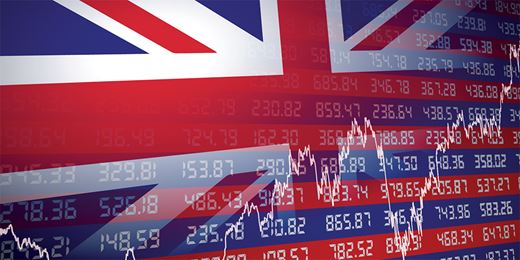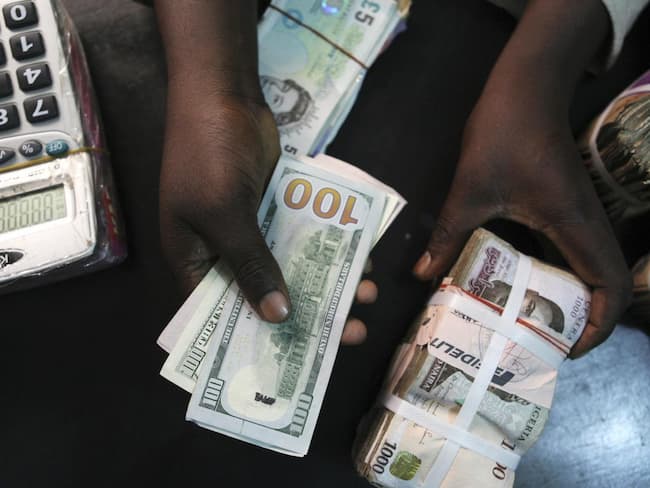Sterling consolidated gains on Thursday after rocketing to a 11-week high overnight on growing optimism that British lawmakers would be able to avoid a no-deal Brexit.
While a firmer dollar prompted currency traders to book some profits after a more than 2.3 percent rally in the pound so far this month, various market position indicators and derivative market signals are indicating more pound bullishness for now.
On Thursday, the British currency edged a fifth of a percent lower at $1.3038 after briefly scaling a 2-1/2 month high of $1.3094 in the Asian session.
It was trading just below a key market level of $1.3071, the 200-day moving average for the pound, a level it hasn’t traded above since May 2018.
The pound has been the biggest gainer this month in the G10 currency universe with its peers such as the dollar and the euro dogged by concerns of a spreading slowdown in the global economy.
“The driver behind the latest recovery in the pound has been expectations that a no-deal withdrawal can be avoided, and yesterday’s headlines encouraged investors to add to those bets,” said Charalambos Pissouros, a senior market analyst at JFD Brokers.
An attempt by British lawmakers to prevent a no-deal Brexit gained momentum on Wednesday after the opposition Labour Party said it was likely to throw its parliamentary weight behind that.
Data has also been briefly supportive of the pound this week after strong employment data this week suggested Britain’s labour market remained robust despite an economic slowdown before Brexit.
In the absence of weekly positions data, banks’ internal flows and data compiled by some of the biggest institutions — BNP Paribas, Royal Bank of Canada, Bank of America Merrill Lynch, Morgan Stanley and Scotiabank — indicated pound positions have become more neutral in recent days compared to big bearish bets in December.
Implied volatility gauges in the pound also extended their downward path with one-month tenors falling to a two month low on Thursday at around 10.5 “vol” and nearly half of levels seen in mid-November.
Against the euro, the pound was slightly weaker at 87.05 pence.














